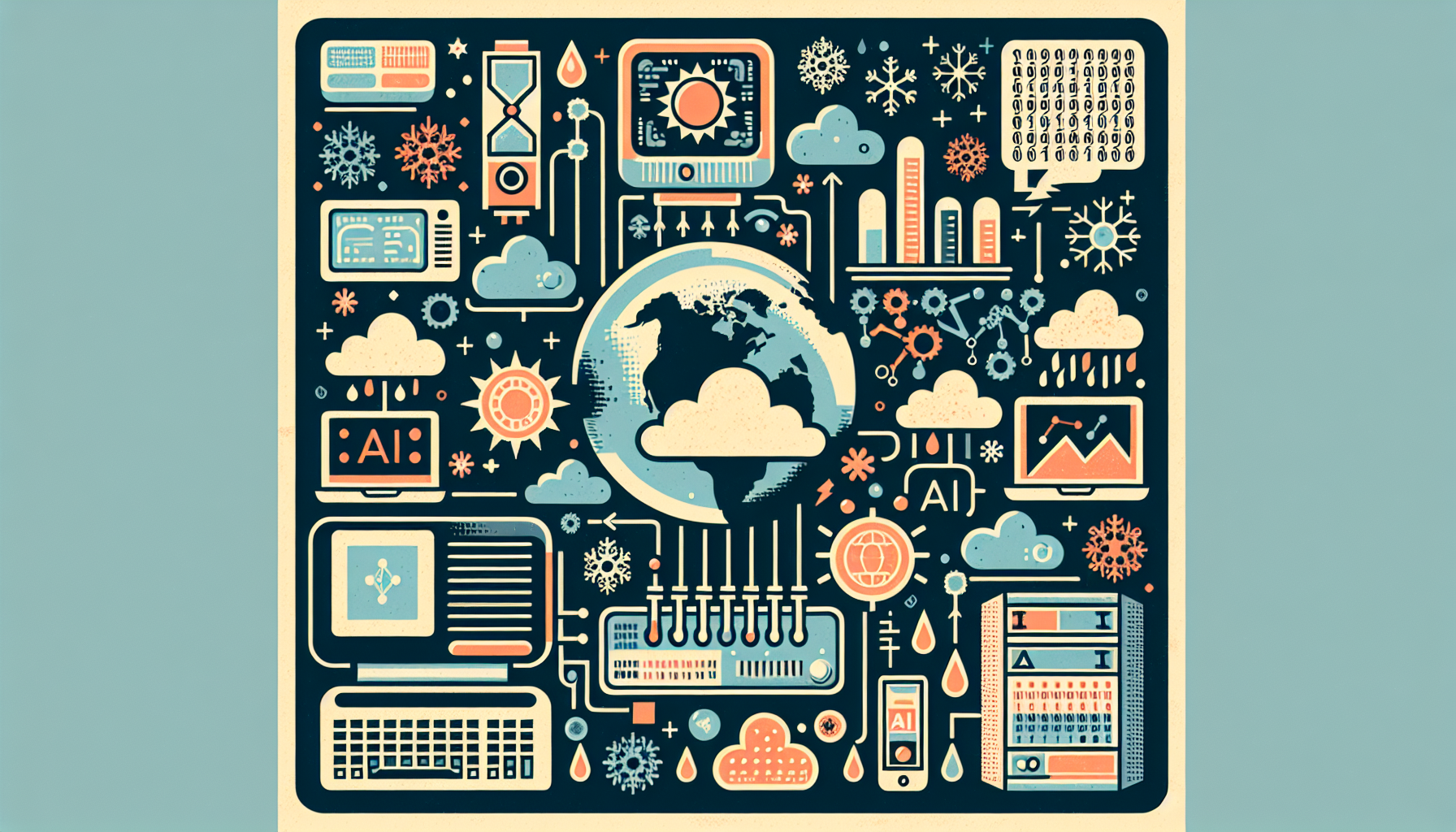The world is witnessing a remarkable transformation in weather forecasting and climate change research, thanks to the integration of artificial intelligence (AI). This technological leap brings unmatched precision and efficiency, crucial in an era marked by increasing weather extremes fueled by climate change.
Hybrid Models: A Powerful Fusion
In this new landscape, hybrid models, which blend tried-and-true physical models with cutting-edge machine learning, are key players. Take the NeuralGCM model; it merges the robust calculations of general circulation models with the flexibility of machine learning. This synergy tackles complex phenomena like cloud formation, while aligning with the laws of physics.
NeuralGCM shines brightly by exceeding the performance of many models in short-term forecasts and matching the precision of traditional models over longer spans. It also skillfully predicts rare events such as tropical cyclones, efficiently reducing the need for heavy computational resources.
The Speed Revolution
AI models, like Google’s GraphCast, are redefining how quickly we can forecast weather. Capable of predicting up to 10 days ahead in mere minutes on just a desktop, GraphCast defies the norm, which traditionally requires hours and supercomputers. Trained on 40 years of data, this model surpasses most global prediction systems in accuracy.
Connecting Heat Waves and Climate Change
AI isn’t just enhancing forecasts; it’s unveiling connections between extreme weather and climate change. A novel AI technique from Stanford leverages old weather data to predict how global warming affects extreme events. This economical method aids in crafting robust climate adaptation strategies, a necessity as we face unprecedented weather conditions.
Accuracy and Generalization
AI models elevate the precision of forecasts by discerning complex patterns in vast datasets, revealing insights into atmospheric and ocean dynamics. They excel in spotting patterns human analysts might overlook, achieving remarkable accuracy in predicting cyclones and weather fronts.
Nonetheless, adapting to unfamiliar conditions remains a challenge. Models like NeuralGCM ground predictions in physics, offering a solid foundation to tackle atypical weather occurrences.
Impacts of Climate Change on Extreme Weather
Climate change amplifies extreme weather events. With more moisture in the air, rainfall grows intense, fueling storms and flooding. Hurricane Harvey’s deluge, for instance, was dramatically intensified by human-caused climate change.
AI steps in to aid understanding these complex interactions, helping predict and prepare for severe weather, forming the backbone of disaster preparedness and response.
Wider Application of AI in Climate Management
AI’s scope extends beyond forecasting to encompass vital environmental management roles. It’s employed to monitor wildlife, curb illegal logging, manage water resources, detect leaks, and simulate disasters to boost emergency planning.
Risks and Responsible Use
Despite its benefits, AI presents potential risks if not deployed responsibly. Governing bodies like the World Economic Forum’s AI Governance Alliance are advocating for the responsible development of AI systems. Their aim is to ensure advancements support societal and environmental welfare.
In summary, AI is revolutionizing weather forecasting and climate research, offering the precision, efficiency, and speed necessary to face the challenges posed by climate change. By leveraging AI’s potential responsibly, we can build a resilient future capable of adapting to and mitigating the impacts of extreme weather.

Leave a Reply